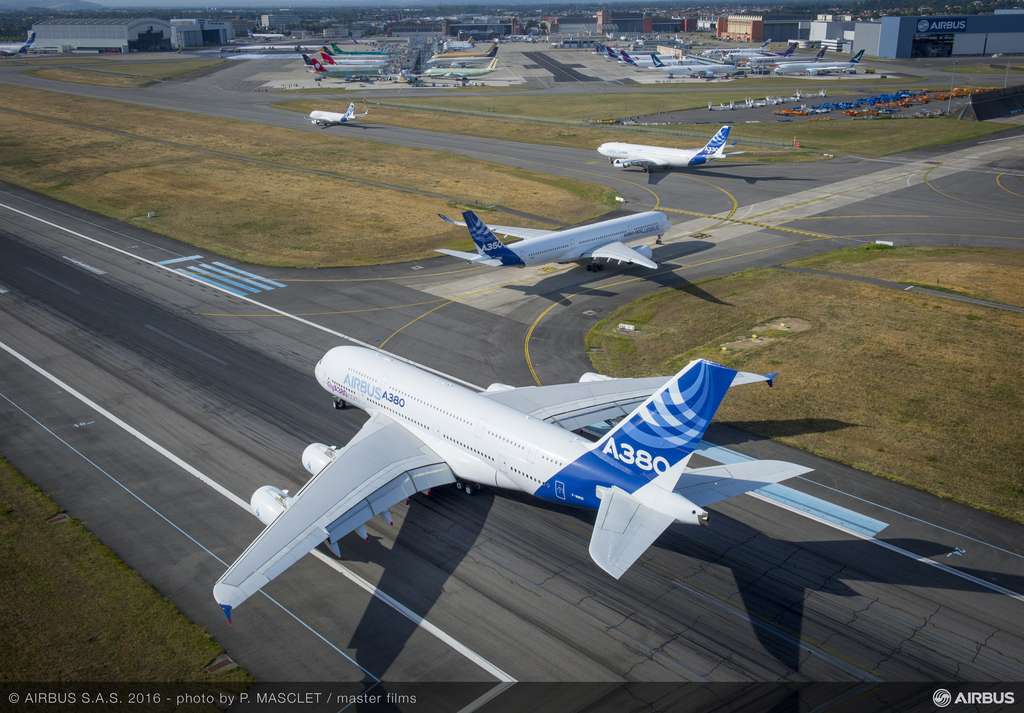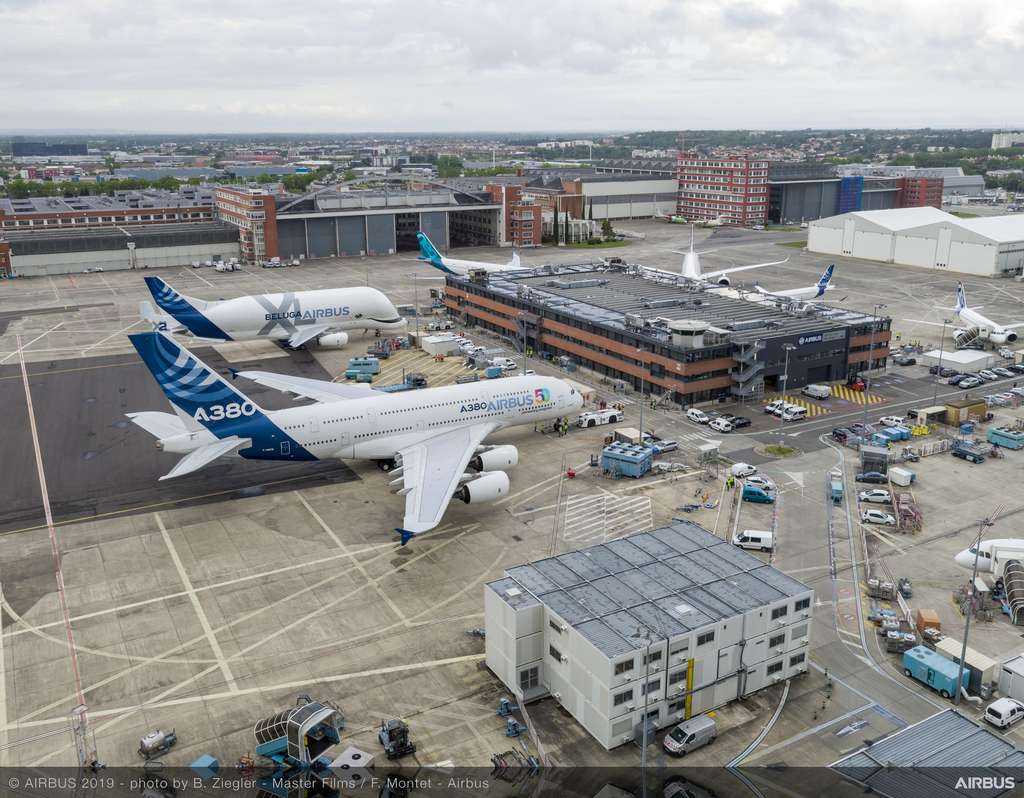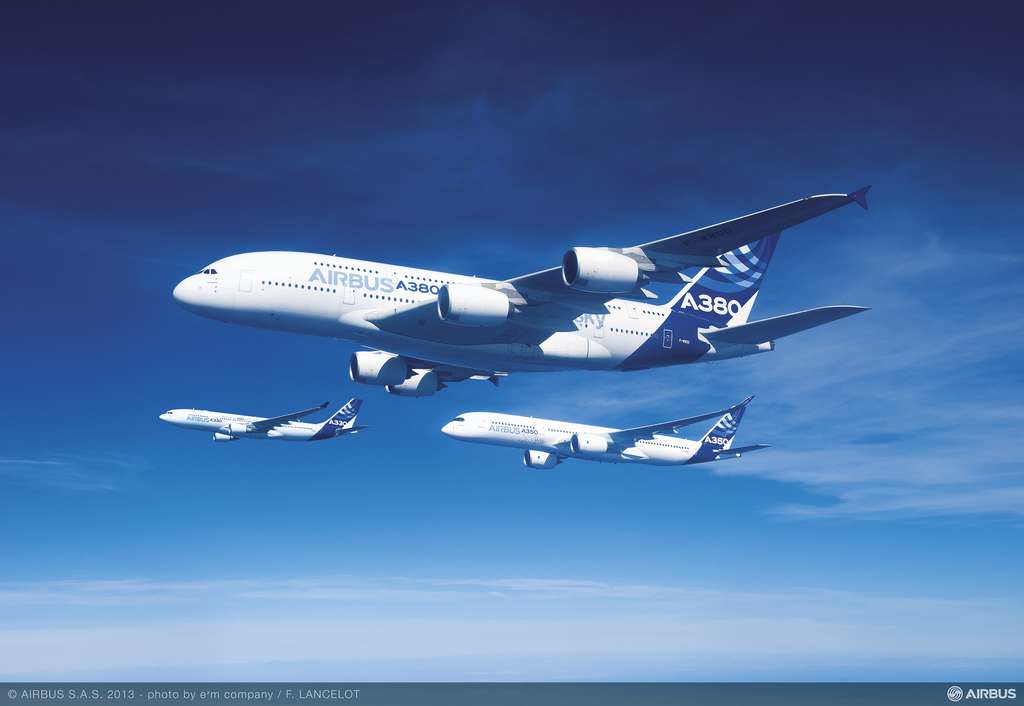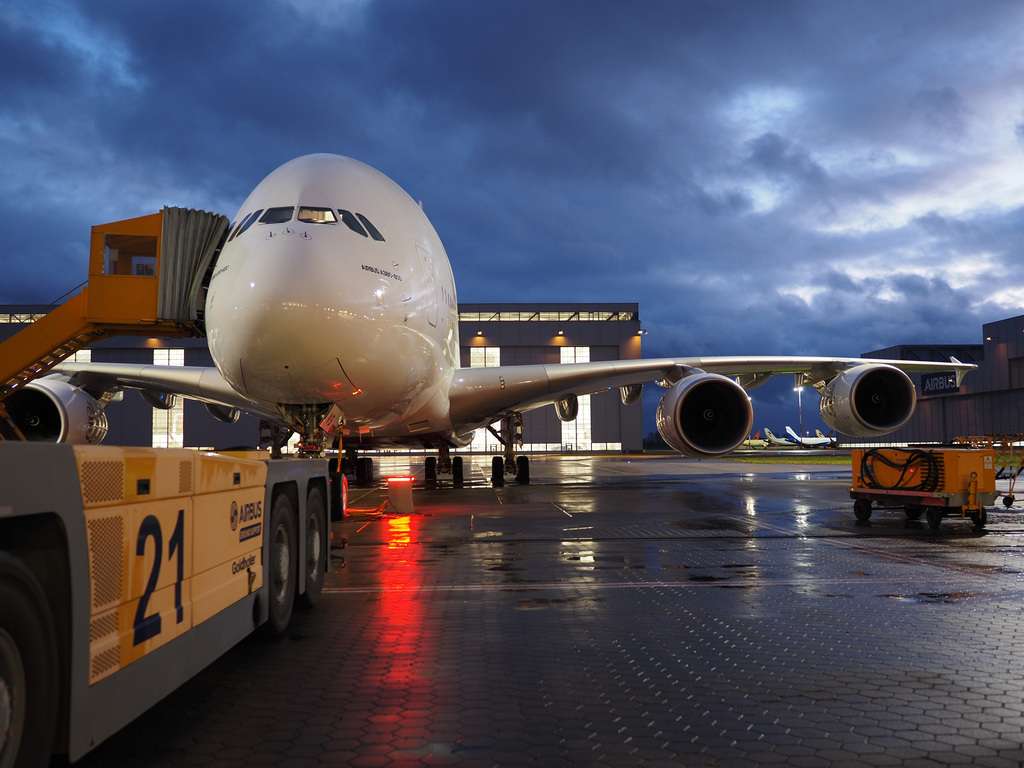The Airbus A380, a double-decker ‘super-jumbo’ is known for its spacious cabins and luxurious amenities. Having become something of a symbol of air travel opulence, the A380 never saw uptake in the US market..
In spite of its impressive capacity and reputation, this giant of the skies is noticeably absent from the fleets of major US carriers.
Why is this? Let’s explore the reasons why the widebody A380 never quite found its wings in the American market.
A Plane Too Big for Its Boots?
One key factor lies in the sheer size of the A380. While its 850-passenger capacity is ideal for airlines transporting massive numbers of people between major hubs, it presents a challenge for the A380 in the US market.
Unlike some regions with strong point-to-point traffic between mega-cities, the US air travel landscape is dominated by a multi-hub system.

Passengers connect through major airports like Atlanta or Chicago before reaching their final destinations.
Filling an A380 consistently on these routes can be difficult. Airlines might struggle to guarantee enough passengers on flights that don’t originate or terminate at major hubs.
This raises the risk of operating a partially empty plane, significantly impacting profitability.

Fuel Efficiency and Maintenance Costs
The A380’s arrival in 2007 coincided with a period of rising oil prices. Airlines began prioritizing fuel-efficient, twin-engine jets over the four-engine A380.
While the A380 boasts impressive engineering, its reliance on four engines translates to higher fuel consumption. In a climate of cost-consciousness, this became a significant drawback.
Furthermore, the A380 requires specialized maintenance facilities and a larger support infrastructure compared to smaller planes.
Operating a fleet of these giants necessitates spreading the maintenance costs across a large number of aircraft.
This economic model simply didn’t align with the needs of US carriers, who found it more practical to invest in smaller, more fuel-efficient planes with lower maintenance burdens.

Hub Systems vs. Point-to-Point: A Model Mismatch
The US airline industry thrives on a hub-and-spoke system, where major airports act as central connection points for passengers traveling to various destinations.
The A380, on the other hand, excels on high-traffic routes between major international hubs.
While some US routes, like Los Angeles to New York, could potentially benefit from the A380’s capacity, these aren’t numerous enough to justify a dedicated fleet.
In contrast, airlines in regions like the Middle East, with fewer major hubs and a focus on long-haul travel between them, have found the A380 to be a valuable asset.
Emirates, for instance, operates a significant fleet of A380s, effectively utilizing their capacity on routes connecting Dubai to major international destinations.

It’s Not Just Size That Matters
While some US airports could technically accommodate the A380, significant modifications to terminals and gates would be necessary.
This includes not only the physical space required to park and service the aircraft but also specialized equipment to handle passenger boarding and disembarkation efficiently.
The cost of such infrastructure upgrades would be a non-trivial hurdle for airlines already grappling with the economic challenges mentioned earlier.


Verdict: Missed Opportunity or Wise Decision?
The Airbus A380 US market absence doesn’t diminish its impressive engineering or its success with airlines in other regions.
However, the economic realities and operational models of the US airline industry simply didn’t align with the niche that the Airbus A380 carves out.
While some might see this as a missed opportunity for luxurious travel experiences, the focus on efficiency and route flexibility has proven to be a more sustainable strategy for US carriers.

Click the banner to subscribe to our weekly newsleter.

Click the photo to join our WhatsApp channel so then you can stay up to date with everything going on in the aviation industry!









